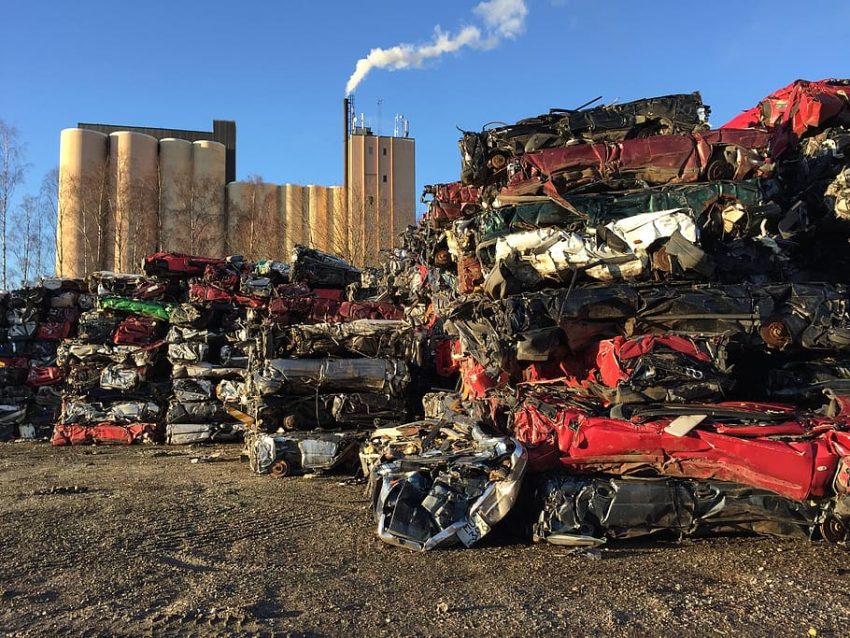Hey there, eco-conscious readers! Are you passionate about protecting our planet and making a positive impact on the environment? One significant way we can contribute is through automotive recycling. As vehicles reach the end of their lives, recycling plays a crucial role in reducing waste and conserving valuable resources. In this guide, we’ll walk you through the different stages of automotive recycling and how it’s a key player in saving our planet. Let’s dive in and discover how we can all be part of this sustainable solution!
Why Automotive Recycling Matters
Before we delve into the stages of automotive recycling, let’s understand why it matters in the bigger picture of saving our planet. The automotive industry produces millions of vehicles each year, leading to significant amounts of waste when these vehicles become old or damaged. By recycling automobiles, we reduce the strain on landfills, conserve raw materials, and decrease the energy and resources needed for manufacturing new parts.
Stage 1: Vehicle Collection and Depollution

The first stage of automotive recycling begins with the collection of end-of-life vehicles (ELVs). Specialized auto recyclers or scrapyards are responsible for safely accepting these vehicles. Before any recycling process, depollution is crucial to remove hazardous materials, such as engine fluids, batteries, and airbags. Depollution ensures that harmful substances are not released into the environment during the recycling process.
Stage 2: Dismantling and Parts Reuse
In the dismantling stage, ELVs are carefully taken apart to salvage reusable parts. Components in good condition, like engines, transmissions, and doors, are inspected, cleaned, and sold as used parts. Reusing these parts not only saves money for consumers but also reduces the demand for new manufacturing, thereby conserving resources.
Stage 3: Shredding and Metal Recovery
After valuable parts have been salvaged, the remaining hulk of the vehicle goes through a shredding process. This stage involves a powerful shredder that breaks the car down into small pieces. The shredded materials, mostly metals like steel and aluminum, are then separated through magnets and other techniques. The recovered metals can be used as raw materials in various industries, minimizing the need for mining and reducing greenhouse gas emissions.
Stage 4: Recycling Non-Metallic Materials
Automotive recycling doesn’t stop with metals; it also includes non-metallic materials. Plastics, rubber, and glass from vehicles can be recycled or repurposed to create new products. For instance, recycled plastics can be used to make new automotive components, while rubber can be turned into playground surfaces or asphalt.
Stage 5: Environmental Benefits
The impact of automotive recycling on our planet is significant. By recycling one ton of steel from old vehicles, we save about 2,500 pounds of iron ore, 1,400 pounds of coal, and 120 pounds of limestone. Additionally, recycling one ton of aluminum from cars saves approximately 8 tons of CO2 emissions. These environmental benefits make automotive recycling a key strategy in reducing our carbon footprint and conserving natural resources.
How to Support Automotive Recycling
Now that we know the importance of automotive recycling, let’s explore how we can support this sustainable practice:
a. Recycle Responsibly: If you have an old vehicle, make sure to dispose of it responsibly by taking it to a certified auto recycler.
b. Choose Recycled Parts: When repairing or maintaining your vehicle, opt for recycled or refurbished parts, contributing to the demand for recycled materials.
c. Advocate for Recycling: Support policies and initiatives that encourage automotive recycling and raise awareness about its environmental benefits.
d. Educate Others: Spread the word about the importance of automotive recycling and its positive impact on the planet.
The Future of Automotive Recycling
As technology advances, the automotive industry continues to explore new ways to make vehicles more recyclable and environmentally friendly. Innovations in design, materials, and manufacturing processes aim to create cars that are easier to dismantle and recycle at the end of their life. Embracing these advancements will further enhance the sustainability of the automotive sector.
In conclusion, automotive recycling plays a vital role in saving our planet. By understanding the different stages of automotive recycling and supporting this practice, we can contribute to reducing waste, conserving resources, and mitigating environmental impacts. Let’s embrace automotive recycling as a sustainable solution and pave the way for a greener and more eco-friendly future!

